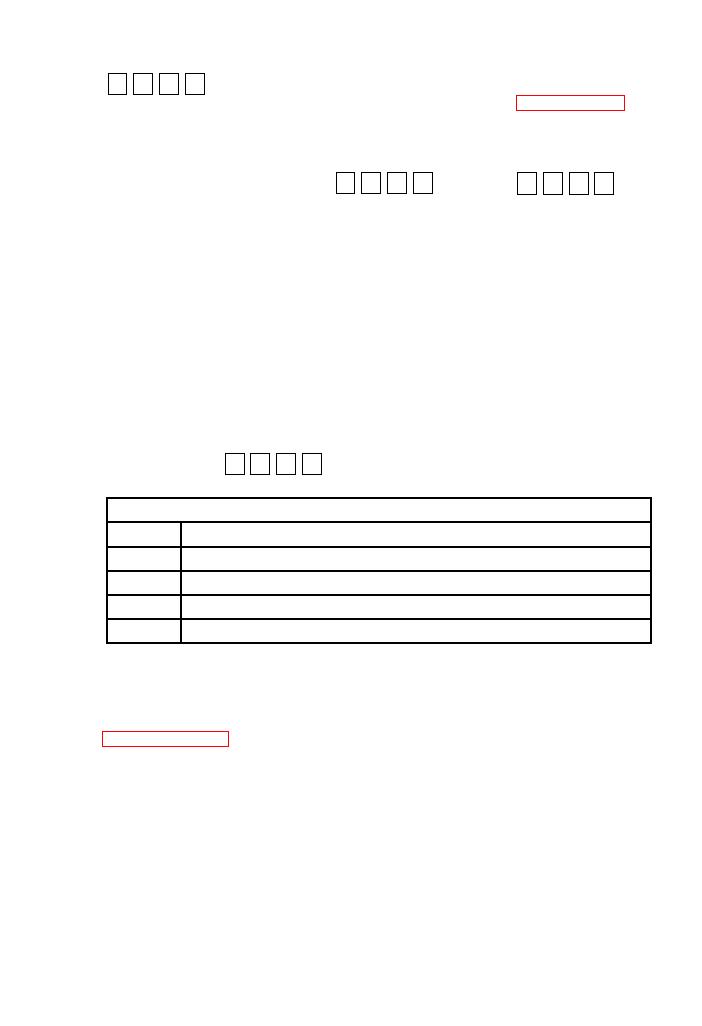
TM 11-5830-263-10
f.
If there are configuration discrepancies or errors, the display will show
f a i l ; followed by error codes which determine the crew stations or
radio interfaces that are unconnected (or are faulty). Refer to Paragraph 2.12.
g. The display will continue to show any configuration discrepancies
and/or errors unless the user presses the CHANGE switch, which will clear the
error message but not the fault.
h. After the display shows p a s s followed by P 1
the system is now ready for normal communications operation.
i. Crew members may now establish communication within their
programmed capabilities.
j. The procedure for system modes PROG 2, PROG 3, LISTENING
SILENCE, and ALL modes is the same as steps a. through h. above, except the
display of the mode will change accordingly.
2.9.2.
Viewing Radio Access Levels For P1, P2, and P3.
NOTE
VIEW mode by the PROGRAM switch is not
available when the MCS SYSTEM mode switch
is in the LISTENING SILENCE or ALL position.
a. Select the VIEW position on the PROGRAM switch of the MCS. The
display will show v i e w and will then commence scrolling through the
radio access levels for each connected crew station.
Table 2-14. MCS VIEW Position Display Examples
Display
Meaning
1-
No access to any radios at crew station 1
2Ar
Receive only access to radio A at crew station 2
3
rt
Receive and Transmit access to all radios at crew station 3
6Drt
Receive and Transmit access to radio D at crew station 6
b. Only those radios programmed for access by a crew station are
displayed.
MCS PROGRAMMING PROCEDURES
program the MCS when a) it is initially installed, and b) making changes/
corrections to the existing program in the MCS. Additionally, various capabilities
of the MCS will be explained which will provide a better understanding of the VIS
equipment which will assist in making programming decisions and corrections.
NOTE
It is necessary to make a few assumptions prior
to initial programming or corrections:
a. That all FFCSs have the proper setting
(1,2,3,4,5 or 6).
2 - 23


